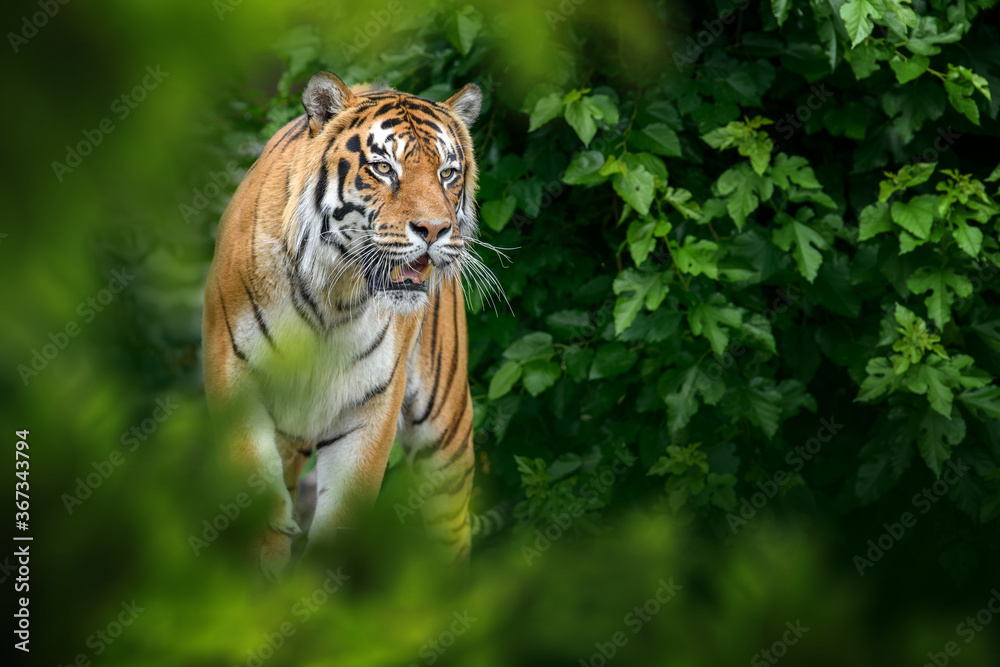Celebes crested macaque with open mouth. Close up
Sed ut perspiciatis unde omnis iste natus error sit voluptatem accusantium doloremque laudantium, totam rem aperiam, eaque.
Read MoreTwitter Feed
-
The fable was also the subject of a painting by the French artist Vincent Chevilliard (1841–1904) and exhibited at ..
playoo -
the Paris Salon of 1881. The Austrian artist Gustav Klimt incorporated a reference to the beginning of the story on the left hand side of his painting "The Fable" in 1883. .
There a lion sleeps beneath a shrub, on the leafless twigs of which mice are at






